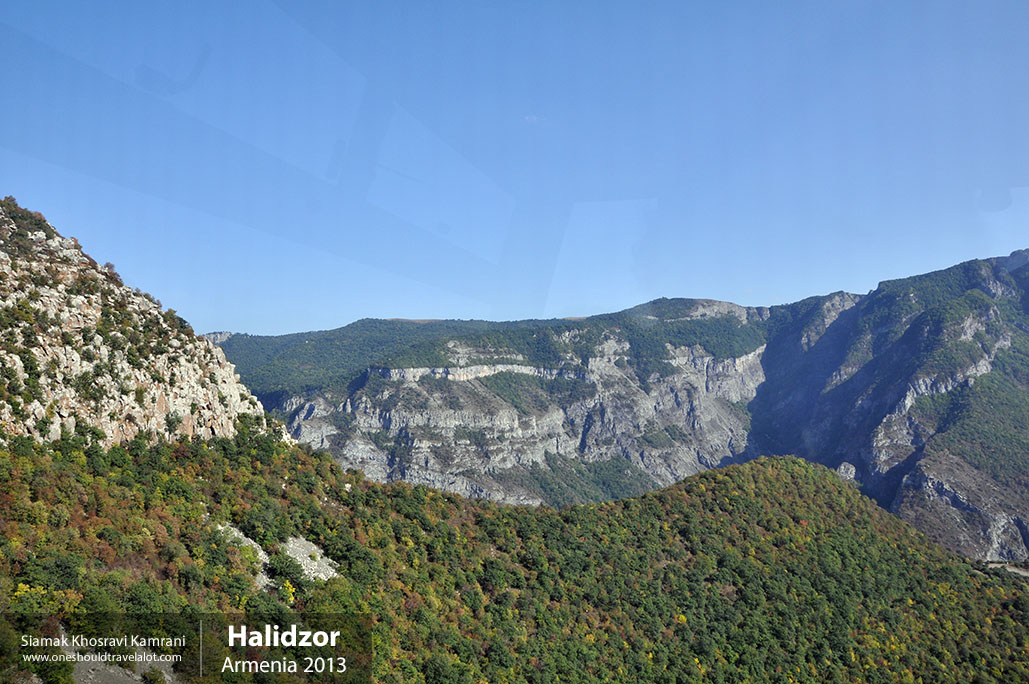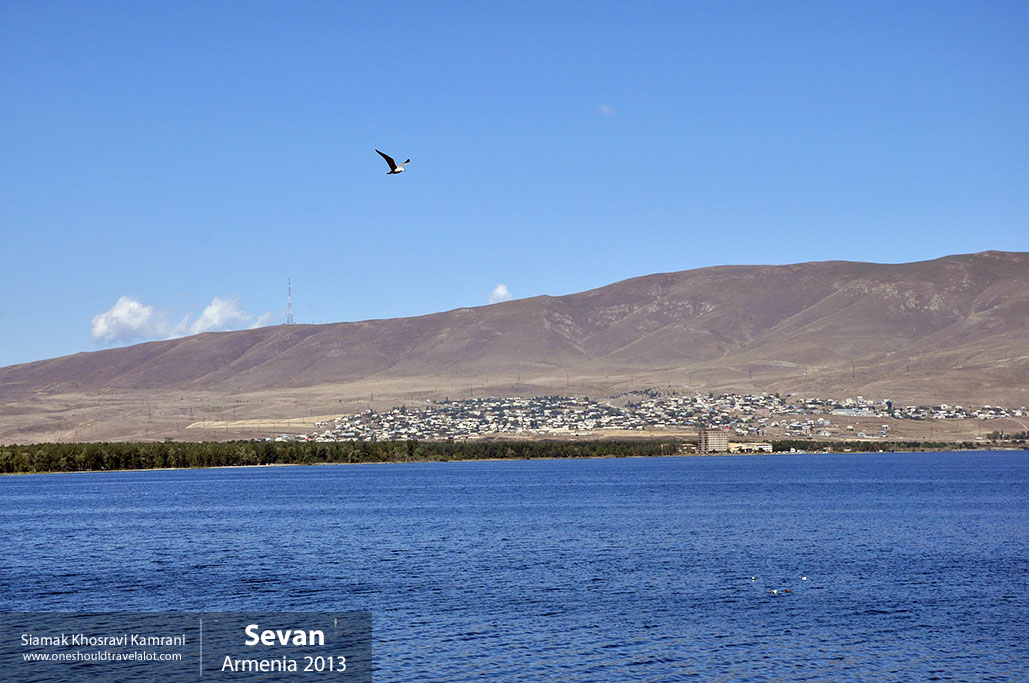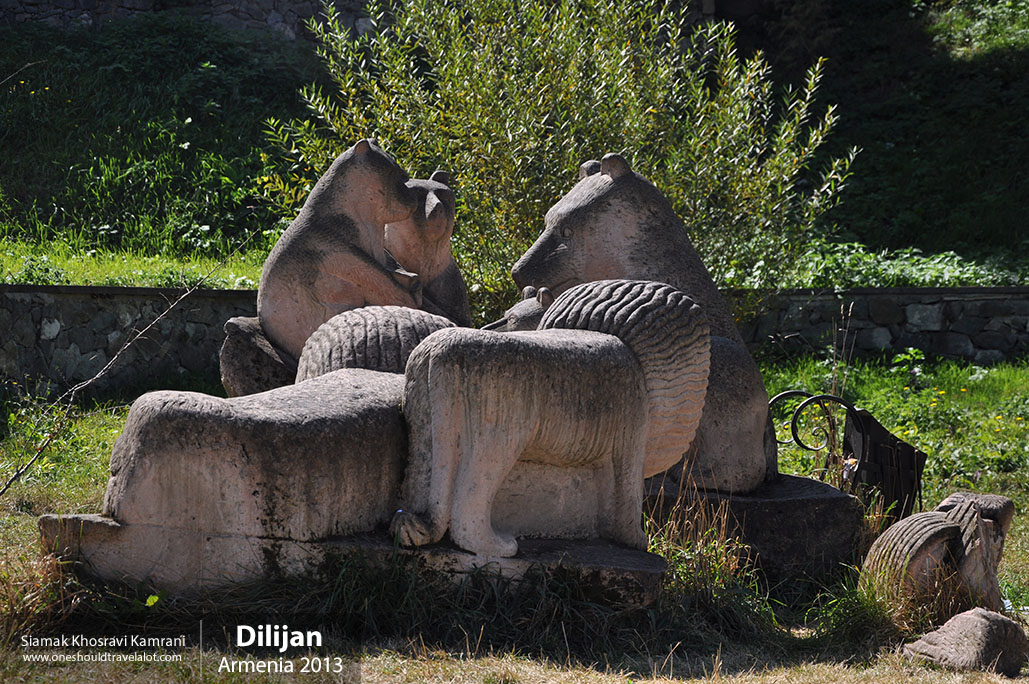Discovering Goshavank: A Journey Through Time and Culture
As a photographer, I’ve always been drawn to places that are rich in history and culture. When I heard about Goshavank, a hidden gem nestled in the Tavush Province of Armenia, I knew it was a destination I had to capture through my lens. Goshavank, a 12th to 13th-century monastery, is not just an architectural marvel but a testament to the resilience and spirit of the Armenian people.
Arriving in Armenia
The journey to Goshavank began in Yerevan, Armenia’s vibrant capital. Yerevan, with its mix of Soviet-era architecture and modern cafes, is a city that seamlessly blends the old and the new. The warmth of the Armenian people was immediately evident as locals greeted me with open arms, eager to share their culture and stories. The Armenian language, with its unique script and melodic tone, filled the air, adding to the charm of the city.
The Road to Tavush Province
From Yerevan, I embarked on a scenic drive to the Tavush Province. The landscape gradually shifted from urban sprawl to rolling hills and lush forests. Tavush is often referred to as the “Switzerland of Armenia,” and it’s easy to see why. The region’s natural beauty is breathtaking, with dense forests, crystal-clear rivers, and rugged mountains. The air was crisp and fresh, a welcome change from the hustle and bustle of city life.
First Impressions of Goshavank
As I approached Goshavank, the monastery came into view, perched on a hillside surrounded by dense forest. The sight was nothing short of magical. The stone structures, weathered by centuries, stood as a silent testament to the past. The intricate carvings and khachkars (cross-stones) that adorned the monastery’s walls were a photographer’s dream, each telling a story of its own.
A Walk Through History
Goshavank was founded by the renowned Armenian cleric and scholar Mkhitar Gosh in the 12th century. Mkhitar Gosh is a significant figure in Armenian history, known for his contributions to law, literature, and theology. Walking through the monastery, I could almost feel the presence of the monks who once lived and worked there. The air was thick with history, and every stone seemed to whisper stories of the past.
The Main Church: St. Astvatsatsin
The centerpiece of Goshavank is the main church, St. Astvatsatsin (Holy Mother of God). Built in 1191, this church is a masterpiece of Armenian architecture. The interior is adorned with frescoes and carvings, each depicting scenes from the Bible and Armenian history. As I photographed the intricate details, I couldn’t help but marvel at the craftsmanship and dedication that went into creating this sacred space.
The Library: A Treasure Trove of Knowledge
One of the highlights of Goshavank is its library. Mkhitar Gosh was not only a cleric but also a scholar, and the library reflects his passion for knowledge. Although many of the original manuscripts have been lost or moved to other locations, the library still holds a significant place in Armenian culture. It was fascinating to learn about the ancient texts that once filled its shelves, covering subjects from theology to law and literature.
The Local Culture and Customs
Armenia is a country rich in traditions, and the Tavush Province is no exception. During my stay, I had the opportunity to immerse myself in the local culture. The Armenian people are known for their hospitality, and I was often invited to share meals with locals. Armenian cuisine is a delight, with dishes like khorovats (grilled meat), dolma (stuffed grape leaves), and lavash (traditional flatbread) being staples. Each meal was a feast, accompanied by stories and laughter.
The Art of Lavash Baking
One particularly memorable experience was learning to bake lavash. Lavash is an integral part of Armenian cuisine and culture, and the process of making it is an art form. I visited a local home where an elderly woman, with hands weathered by time, guided me through the process. The dough was rolled out thin and slapped against the walls of a traditional clay oven called a tonir. Watching the bread bake and puff up was mesmerizing, and the taste, fresh out of the oven, was unparalleled.
Capturing the Essence of Goshavank
Photographing Goshavank was a deeply enriching experience. The play of light and shadow on the ancient stones, the serene surroundings, and the profound sense of history all came together to create images that I knew would be some of my favorites. Each photograph captured not just the physical beauty of the monastery but also the spirit of the Armenian people who built and preserved it.
The Monastery at Dawn
One of the most striking images I captured was of Goshavank at dawn. The first rays of sunlight bathed the monastery in a golden glow, highlighting the intricate carvings and the lush greenery surrounding it. The tranquility of the early morning, with only the sounds of nature breaking the silence, made for a perfect moment. This shot, with its ethereal quality, encapsulates the timeless beauty of Goshavank.
The Standard of Living and Societal Conditions
During my time in the Tavush Province, I observed the standard of living and societal conditions. While Armenia is a developing country, there is a strong sense of community and resilience among its people. The villages around Goshavank, though modest, are filled with vibrant life. People live simply but with a profound connection to their land and heritage. The local economy is primarily agrarian, with many families engaged in farming and crafts.



